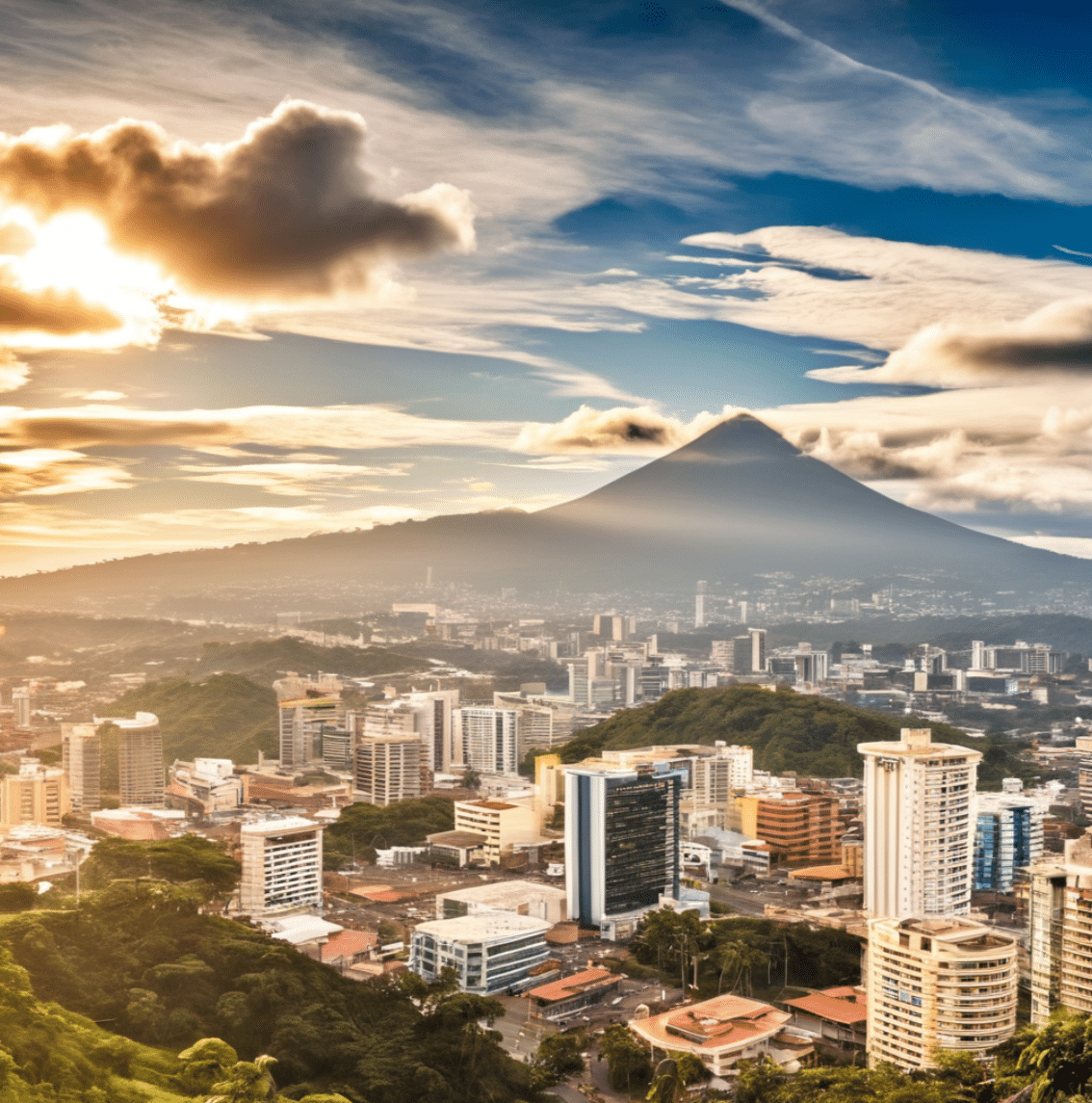Costa Rica wears many hats beautifully—adventure playground, cultural crossroads, wildlife sanctuary, foodie haven, real-estate hotspot and a serious place to do business. From Pacific surf towns to San José’s tech corridors, the country blends conservation with competitiveness. Below, we unpack the engines of growth—what they are, why they matter, and how international investment, family ownership and a bilingual talent pool knit it all together.
What are Costa Rica’s top industries right now?
Costa Rica’s economy is led by services, advanced manufacturing, agriculture and renewables—each with strong export links and skilled jobs.
- Services (≈70% of GDP) — Tourism, medical tourism, IT, finance, customer support and shared-service centres powered by bilingual talent.
- Manufacturing & High-Tech — Medical devices (a world leader), electronics, precision instruments and cleanroom assembly.
- Agriculture — Pineapples and bananas among the world’s top exporters; coffee with a premium global reputation.
- Renewable Energy — Electricity generation is overwhelmingly renewable, underpinning low-carbon operations.
- Agri-food & Food Processing — Value-added pineapples, bananas, coffee, orange juice and packaged goods.
- Advanced Manufacturing — Aerospace components, automotive sub-assemblies, telecommunications hardware and metalwork.
- Pharmaceuticals & Biotech — R&D, clinical packaging and regional distribution.
- Textiles & Clothing — Niche technical textiles and apparel with shorter supply chains.
- Construction Materials & Plastics — Inputs for infrastructure, housing and exports.

Why do global investors choose Costa Rica?
Investors come for political stability, rule of law, green energy, skilled labour and strong free-trade-zone incentives, which reduce costs and speed scale.
- Stability & IP protection — A mature democracy with strong institutions and predictable regulation.
- Talent density — High English proficiency, STEM pipelines, and service-centric training.
- Green power — Predominantly renewable electricity lowers carbon footprints for ESG-minded firms.
- FTZ advantages — Competitive tax incentives, simplified customs and cluster effects near airports and ports.
How important is foreign ownership versus local business?
FDI is significant in export manufacturing and tech, while most private firms remain family-owned and anchor the domestic economy.
- FDI footprint — Historically dominant in high-tech manufacturing and instruments, with a large share of national output tied to international capital.
- Family enterprises — Roughly four in five private companies are family-owned, contributing the majority of GDP through retail, services, agriculture and construction.
- Healthy mix — Multinationals scale exports; local firms provide resilience, supplier depth and long-term community ties.
What makes the services sector so dominant?
Services thrive because Costa Rica pairs tourism appeal with back-office excellence, attracting visitors and multinationals alike.
- Tourism — Eco-adventures, national parks, wellness retreats and medical tourism keep arrivals strong year-round.
- Shared services — IT helpdesks, finance ops and omni-channel customer support leverage bilingual teams and near-shore time zones.
- Spillovers — Hotels, transport, food, real estate and entertainment benefit directly from visitor and expatriate flows.
Where is manufacturing heading next?
Manufacturing is moving up the value chain—more medical devices, electronics, aerospace parts and precision metalwork with rigorous quality systems.
- Cleanrooms & compliance — ISO-certified facilities and FDA-linked quality frameworks make Costa Rica trusted for life-sciences assembly.
- Supplier ecosystems — Tooling, sterilisation, packaging and logistics clusters reduce lead times.
- Sustainability edge — Renewable energy and efficient water use help meet Scope-2 targets.
Which agricultural exports still matter most?
Pineapples, bananas and coffee remain pillars, while traceability, certifications and value-added processing raise margins.
- Pineapples & bananas — Scale, year-round harvests and established shipping lanes.
- Coffee — Specialty micro-lots, highlands terroir and origin storytelling for premium markets.
- Agri-tech — Precision irrigation, integrated pest management and post-harvest cold chains.
How does renewable energy power growth?
Low-carbon electricity supports ESG goals, reduces energy volatility and strengthens Costa Rica’s brand for sustainable investment.
- Grid mix — Hydropower complemented by wind, geothermal and solar.
- Industrial benefits — Lower emissions disclosures for exporters and predictable power for plants.
- Tourism boost — The “green grid” aligns with eco-travel values.
What should new entrants watch out for?
Success hinges on localisation, compliance and talent strategy—plus a clear niche that stands out.
- Local partnerships — Work with established suppliers, chambers and universities for faster starts.
- Regulatory fluency — Understand FTZ rules, labour law, environmental permits and sector standards.
- Differentiation — Compete on expertise, quality and experience—not just price.
FAQs (voice-search ready)
Is Costa Rica good for starting a tech or services hub?
Yes—bilingual talent, FTZ incentives and time-zone alignment make it ideal for shared services and IT support.
What is Costa Rica famous for exporting?
Medical devices, electronics, pineapples, bananas and specialty coffee are headline exports.
Is the electricity really mostly renewable?
Yes, the grid is predominantly renewable, led by hydropower with wind, geothermal and solar support.
Are most companies foreign-owned?
No—while FDI is large in manufacturing and tech, most private firms are family-owned and drive domestic GDP.
Where should I base an operation?
Many manufacturers cluster in Greater Metropolitan Area (GAM) free-trade parks near San José; tourism and agri-food operations spread across coasts and highlands.






